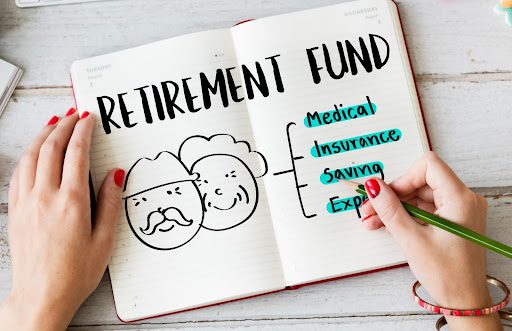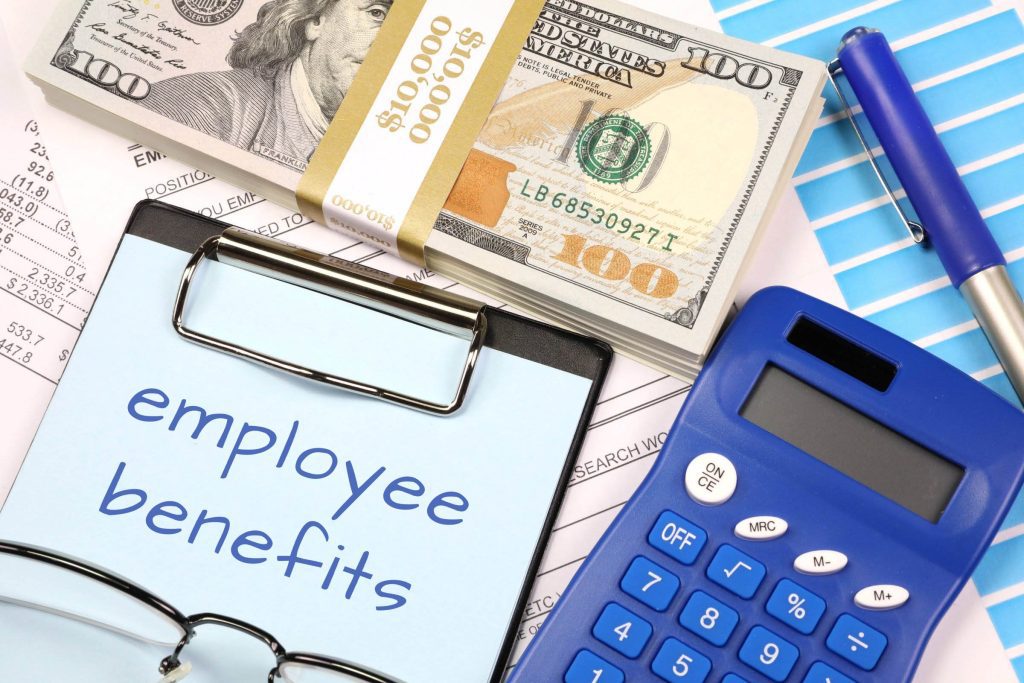
Table of Contents
Intro: Tips for Maximizing Your Employee Benefits
Tips for Maximizing Your Employee Benefits: Employee benefits are a big part of your compensation package, and many of them provide even more value than your salary. But many employees completely ignore the rest of their benefits, which include health insurance, retirement plans, wellness programs, and even things like gym memberships. By understanding and maximizing your benefits you can save a lot of money, help improve your health, and boost job satisfaction. It’s time for a guide for getting the most out of your employee benefits.
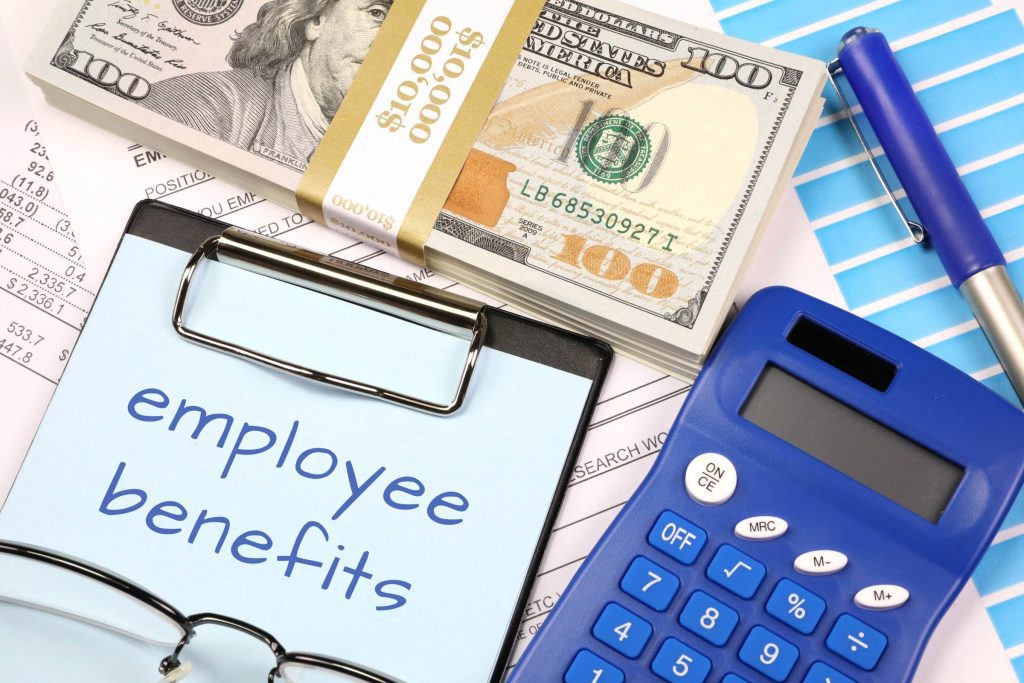
1. An ideal time to Review Your Benefits Package Thoroughly.
The first thing to do to get the most out of your employee’s benefits is to review your benefits package in detail. Many employers will have a complete guide or website that shows all of what is offered. It’s especially important when you’re just starting a new job or during open enrollment periods. Understanding your benefits enables you to:
Identify which benefits meet your needs: Not all benefits are given to everyone. Make a list of those that align yourself with your way of life, financial dreams and health needs and pick the top ones.
Avoid missing out: Some benefits such as wellness allowances or reimbursement programs are specifically designed to require some action to use, satisfy yourself with deadlines and requirements.
If you feel you have questions about your options, consider attending any informational sessions your employer hosts or scheduling a meeting with HR.
2. Health Insurance Options.
However, employers currently offer health insurance as one of the most important benefits of all. To make the most of it:
Understand your plan options: Employers usually provide multiple plan types, like Health Maintenance Organizations (HMOs) and Preferred Provider Organizations (PPOs) and High Deductible Health Plans (HDHPs). Find a plan that’s good for you and your family based on your healthcare requirements, budget and size of the family.
Utilize preventative care: Preventive care such as annual checkups, vaccinations and screenings are all covered at no additional cost on most health insurance plans. These services help us spot potential health issues early.
Use in-network providers: Things like sticking to in-network doctors and facilities can help care you money on things like out of pocket costs.
Consider a Health Savings Account (HSA): If you go with an HDHP, you may also get an HSA, which allows you to save pre-tax dollars for qualified medical expenses. HSAs offer triple tax advantages: All contributions are tax free, there is growth of those contributions and withdrawals for medical expenses.
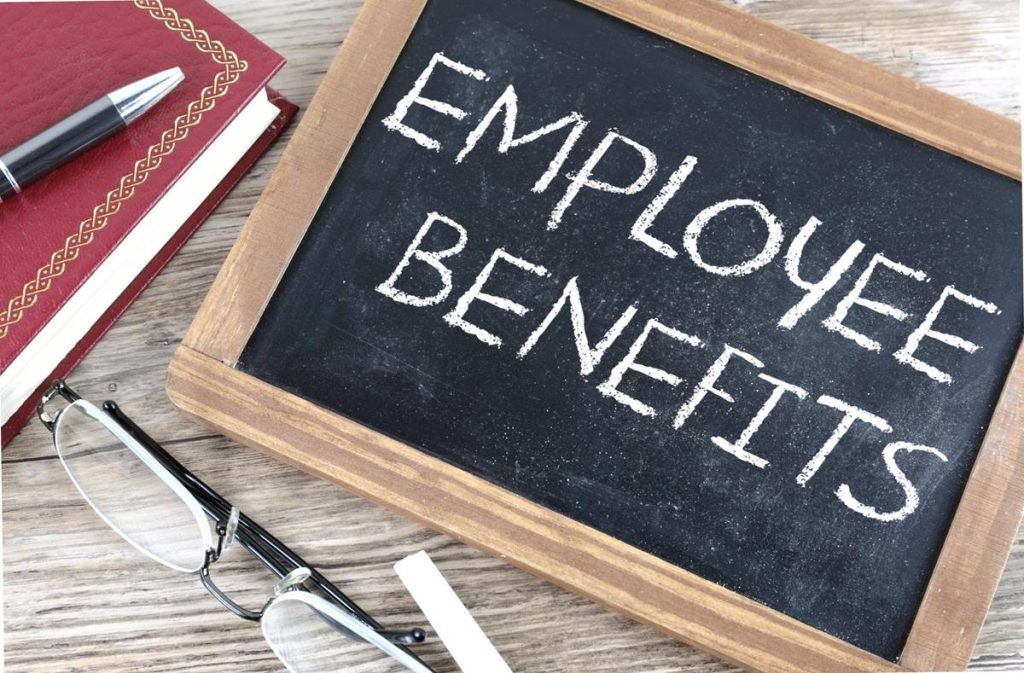
3. Increase Contribution to Retirement Accounts
Long term financial security depends on retirement plans like 401 (k)s, and getting the most you can from your employer offered retirement benefits is important.
Take full advantage of employer matching: A lot of employers will pick up a portion of your 401(k) contributions. You want to make sure, though, that you are contributing enough so you get the full match as it’s free money.
Consider contributing to a Roth 401(k): That said, Roth 401(k) options are available (funded with after tax dollars) through some employers. The withdrawals in retirement are tax free, and contributions grow tax free, so you have tax flexibility.
Increase contributions over time: If you can’t max out your retirement account now, that’s OK, but increase your contribution each year. If necessary, start small and increase by 1-2% or by one or two percenters with each raise.
4. Flexible Spending Accounts (FSA) can be used.
Many employers offer Flexible Spanding Accounts (FSAs) where the money they help you contribute to your FSA is not taxed.
Healthcare FSA: This account covers the following not covered by insurance — copayments, deductibles, and some over the counter medications. But contributions are tax-free so they reduce your taxable income.
Dependent Care FSA: It includes pre-tax dollars spent on child care or care for a dependent adult. These contributions make working parents or caregivers’ big dependent care expenses a breeze.
Understand that FSAs tend to be ‘use it or lose it,’ so if you don’t plan your contributions here, you need to spend the funds by plan year’s end or the grace period.
5. Get a feel for Wellness Program, Perks, and Rewards.
Working with wellness programs is commonplace among many employers because they aim to keep their employees healthy and on course. And usually these programs do offer perks that can improve your quality of life, and possibly even save you money.
Wellness rewards: If you are willing, some employers will pay you to participate in wellness activities: having a health assessment, going to the gym, or going to a wellness workshop. And these may include discounts on health premiums, cash rewards, gift cards.
Discounted or free fitness memberships: Find out if your employer provides discounted gym memberships, fitness classes, or wellness coaching.
Mental health support: One thing many employers are offering — or will be soon — is mental health benefits, such as counseling sessions, stress management programs and mindfulness apps.
Understanding wellness programs and taking advantage of them can enhance your health, save on the medical bills, and sometimes even make for a more pleasant, and productive, work life.
6. Use PTO and Work-Life Balance Programs
Better work life balance is essential in order to ensure physical and mental well being. Utilizing your paid time off (PTO) correctly will keep you from burning out and improve productivity.
Plan your time off: Thus, plan your vacations or any similar days in advance that is the don’t let PTO go unused. Some companies have a “use it or lose it” PTO policy where unused PTO doesn’t roll over — so use your PTO before it’s gone.
Explore flexible work options: If your work allows, use them to make the balance between your personal lives and work.
Consider parental leave and family support: There are many companies that offer parental leave, adoptions assistance, or even family support services. With this knowledge in advance, you can make informed decision about family planning.
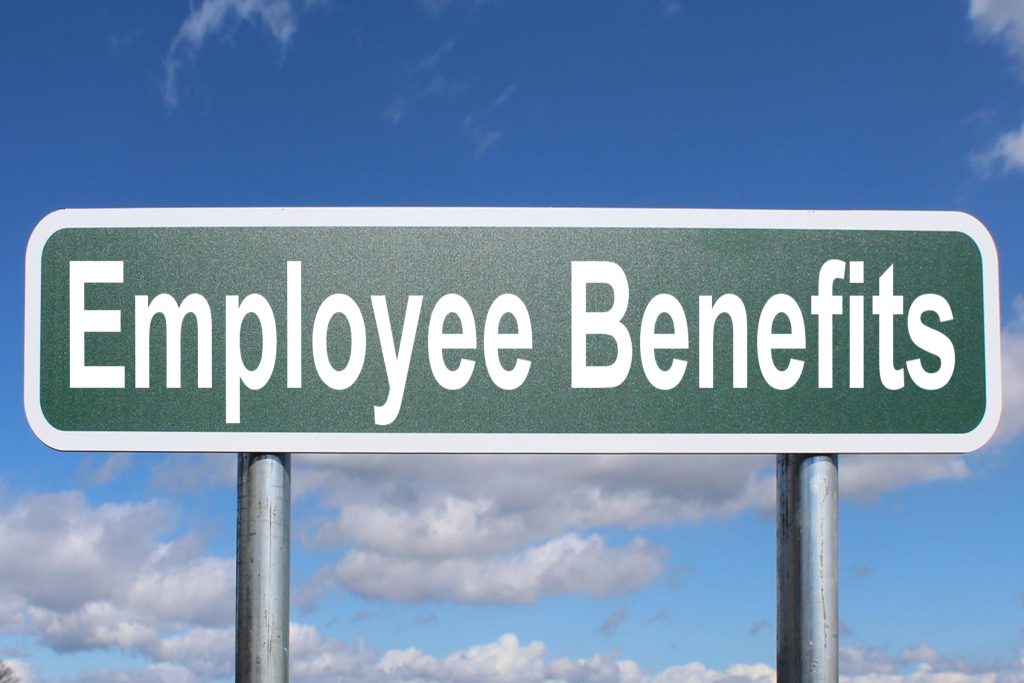
7. You will use Education and Professional Development Benefits.
Investing in skills and long term career growth is important to developing one’s career but many employers do provide this by the means of providing educational and professional development benefits.
Tuition reimbursement: If your employer offers tuition reimbursement, you should put it toward courses that will boost your job performance or help you move up and into a different role at your employer.
Certification and training programs: She qualifies as an employee and employers may offer reimbursement or access certification programs, online courses, workshops or seminars. Taking part in these opportunities can help you with marketability and get you further in your career.
Professional memberships and subscriptions: Membership in an industry association, a trade organization, or subscription to a professional publication is sometimes covered by some employers. They are well network resources and serve to keep updated with the industry trends.
8. Search for Legal and Financial Assistance Benefits
Believe it or not, employers sometimes offer legal and financial assistance benefits that help employees with personal matters and financial planning.
Employee Assistance Programs (EAPs): Free legal advice, financial counseling, and resources for issues that are personal like family support, mental health counseling are some what EAPs offer.
Legal insurance: A few companies provide legal insurance, which pays for typical legal needs including estate planning, traffic violations or landlord-tenant disputes.
Financial planning support: There are employers who provide access to financial planners or advisors. Use these resources to plan for big financial decisions, such as retirement or purchasing a home or paying off your debt.
9. Run Employee Stock Purchase Programs (ESPP) to the maximum.
If you have a company that offers an Employee Stock Purchase Program (ESPP) then you may be able to purchase company stock at a reduced rate, in many cases even as much as 15% below the current market price.
Understand the risks and rewards: But sometimes investing in your employer’s stock is a great way to build wealth — as long as you don’t put all of your eggs in one company’s basket.
Take advantage of discounts: ESPPs tend to permit employees to buy company shares at a reduced price and can lead to short term gains when the stock rises.
10. Check In with Benefits at Least Once a Year and Keep Track of Them.
Your needs can change and benefits can change. During open enrollment or at the beginning of each year:
Review your current benefits: Check the time you’re making the most of the benefits available and choose different selections if your needs have changed.
Stay informed about new offerings: Benefits change throughout the year, for companies to stay competitive, so it’s nice to keep your eye out for any new benefits that may be of interest to you.
Consider life changes: If you’ve recently had a major life change, such as getting married, having children, or buying a house, it might make sense to double check the benefits you have in place.
Total compensation includes employee benefits, a substantial value that is more than salary. Know what you’re entitled to (and what you’re not) througout your package and use available resources proilectively to save you money, improve your health and plan a secure future. To be sure you’re making the most of what your employer offers, you should review and maximize these benefits regularly.
FAQs on Tips for Maximizing Your Employee Benefits:
- What are employee benefits?
Employee benefits are perks or compensations outside of your salary, such as health insurance, retirement plans, paid time off, and wellness programs, provided by your employer. - Why is it important to maximize employee benefits?
Maximizing benefits allows you to get the most out of your total compensation package, often saving you money and improving your quality of life. - How can I find out what benefits my company offers?
You can typically find information on benefits in your employee handbook, HR portal, or by speaking with the HR department. - When is the best time to review my employee benefits?
It’s ideal to review your benefits during open enrollment, when starting a new job, or after major life events like marriage or having a child. - What is open enrollment?
Open enrollment is a specific time each year when you can adjust your benefit choices, like health insurance or retirement contributions. - How do I choose the best health insurance plan?
Consider your health needs, budget, preferred providers, and compare the costs of different plans (e.g., HMO vs. PPO) to find the best option. - What’s the advantage of a Health Savings Account (HSA)?
An HSA offers triple tax advantages for those with high-deductible plans: contributions, growth, and withdrawals for medical expenses are all tax-free. - Should I contribute to a Flexible Spending Account (FSA)?
FSAs are helpful if you have predictable healthcare or dependent care expenses, as they allow you to use pre-tax dollars, reducing taxable income. - What is employer matching in a 401(k) plan?
Employer matching means your employer contributes to your 401(k) based on a percentage of your contributions, helping you save more for retirement. - Why should I contribute enough to get the full employer match in my 401(k)?
Contributing enough to receive the full employer match maximizes your retirement savings and is essentially “free money” from your employer. - What’s the difference between a traditional and a Roth 401(k)?
A traditional 401(k) is funded with pre-tax dollars and taxed upon withdrawal, while a Roth 401(k) is funded with post-tax dollars and grows tax-free. - How can I make the most of my paid time off (PTO)?
Plan your PTO strategically throughout the year to avoid burnout, take regular breaks, and fully utilize any “use it or lose it” policies. - Are wellness programs worth participating in?
Yes, wellness programs can improve your physical and mental health and often include financial incentives like reduced health premiums or cash rewards. - What is an Employee Assistance Program (EAP)?
An EAP offers free counseling and support for personal issues, such as mental health, family matters, and financial challenges. - How do I use my company’s education reimbursement program?
Check with HR for eligibility, reimbursement limits, and approved courses to ensure you can receive tuition assistance for relevant education. - Can I benefit from my company’s financial planning services?
Yes, financial planning services help you make informed decisions about budgeting, retirement, and investments at little or no cost to you. - What is legal insurance, and should I consider it?
Legal insurance covers costs for common legal issues, like estate planning or landlord-tenant disputes, which can be beneficial if offered by your employer. - How can I use flexible work options to my advantage?
Flexible work options, like remote work or flex hours, can help you balance work and personal responsibilities, reducing stress and boosting productivity. - What’s a Dependent Care FSA, and how can I use it?
A Dependent Care FSA allows you to set aside pre-tax money to pay for child or adult care expenses, lowering your taxable income and reducing child care costs. - Should I invest in an Employee Stock Purchase Program (ESPP)?
If available, an ESPP lets you buy company stock at a discount, which can yield financial gains, though it’s important to avoid over-concentrating in one stock. - What types of preventive care are covered under most health plans?
Most health plans cover preventive care, such as annual check-ups, vaccinations, and screenings, at no cost, which helps catch health issues early. - How can I maximize my retirement contributions over time?
If possible, increase your 401(k) contributions each year, especially with raises or bonuses, to steadily grow your retirement savings. - What is the benefit of a Roth 401(k) for retirement?
A Roth 401(k) allows tax-free growth and withdrawals in retirement, offering future tax flexibility, especially if you expect to be in a higher tax bracket. - What should I do if I don’t fully understand my benefits package?
Schedule a meeting with HR or a benefits advisor who can clarify your options and help you make the best choices for your needs. - What are in-network vs. out-of-network providers?
In-network providers have agreements with your insurer for lower rates, while out-of-network providers may cost more out-of-pocket. - Why is it important to review benefits annually?
Annual review ensures you’re optimizing benefits for any life changes, like marriage or a new child, and adjusting for any new company offerings. - What is critical illness or supplemental insurance?
Critical illness insurance provides additional funds if you’re diagnosed with a severe illness, helping cover expenses not typically covered by health insurance. - How do I use a wellness allowance or reimbursement program?
A wellness allowance can reimburse you for wellness-related expenses like gym memberships or fitness classes. Check with HR for submission details. - Can I use telehealth services through my health plan?
Yes, many health plans include telehealth, allowing you to access medical advice from home, often at a lower cost than in-person visits. - What should I prioritize when maximizing my benefits?
Prioritize health insurance, retirement contributions, tax-saving accounts (like FSAs or HSAs), and any benefits that align closely with your personal goals and needs.
Also visit:-


